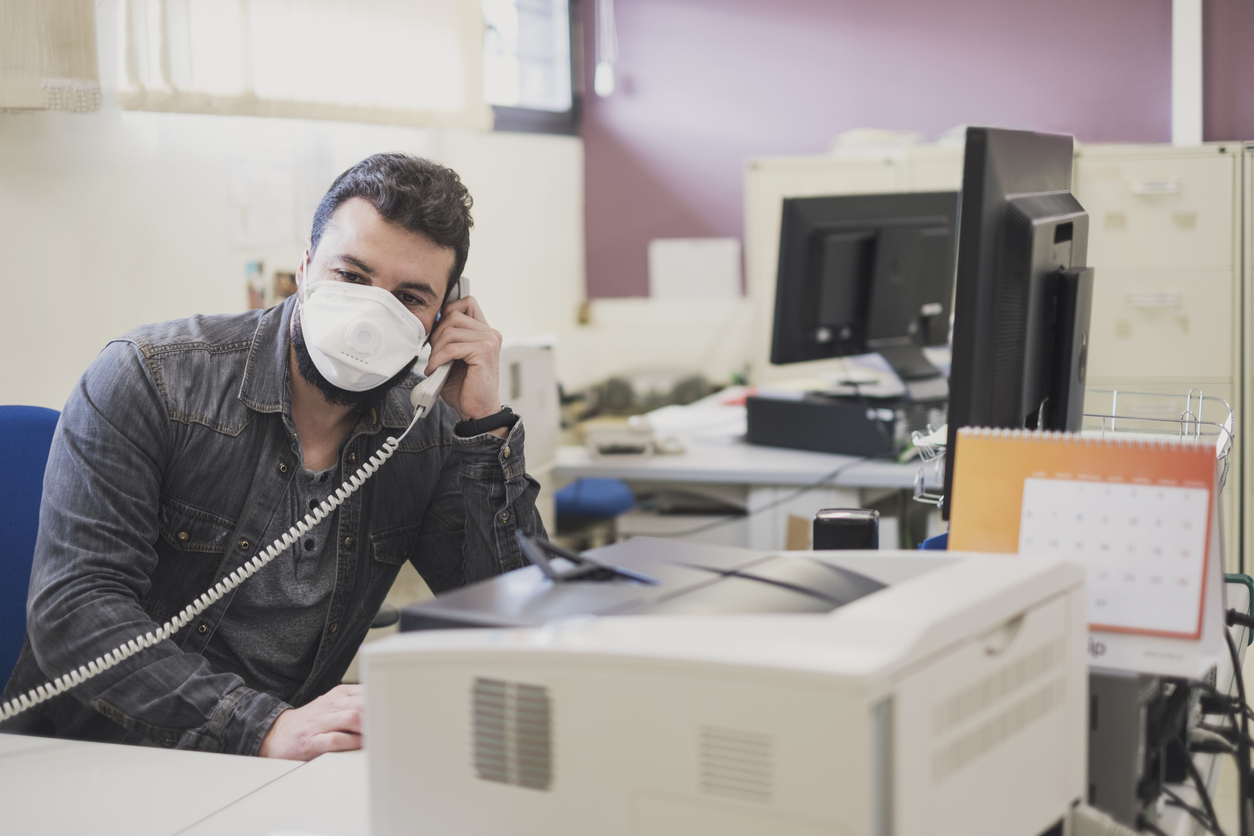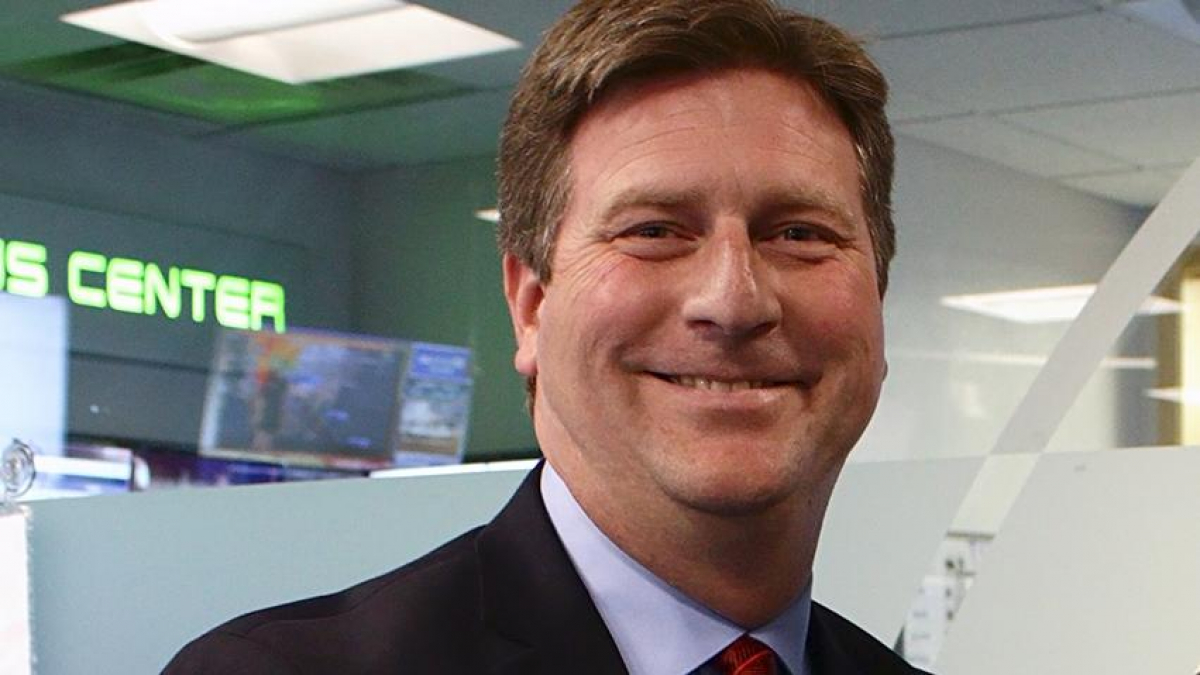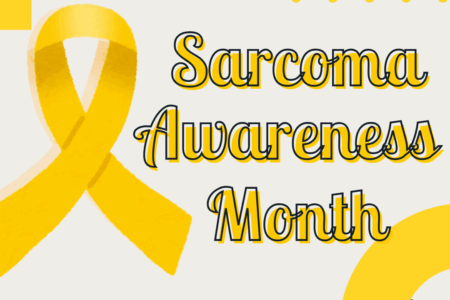
Share On Social!
For months now, health leaders have asked Americans to flatten the COVID-19 curve by behaving as if they have been exposed─stay home, stop hanging out with friends and family, avoid public places like gyms and bars, and wear a mask when around others.
This individual behavior is needed to prevent the spread of the novel coronavirus.
But, at the same time, public health departments must do their part, too.
They are responsible for “contact tracing”─contacting people who have tested positive for COVID-19 and those in close contact with them to give them critical information to slow disease spread:
- understand the possibility that they could spread the infection to others even if they themselves do not feel ill;
- understand what they should do to monitor themselves for symptoms, particularly people at increased risk for illness, like older populations and people with chronic kidney disease, chronic obstructive pulmonary disease, and coronary artery disease; and
- understand how and for how long to separate themselves from others who are not exposed.
Because people infected by COVID-19 are contagious even if they don’t have symptoms, it is crucial to find people as soon as possible after they have been exposed to ensure they do not unknowingly spread the virus, particularly essential workers.
Unfortunately, there is a nationwide shortage of contact tracers and cities across the country are failing to reach the residents who test positive and the people they exposed.
Pinpointing Local Needs for a Contact Tracing Workforce
Case investigation and contact tracing efforts are critical to slow the spread of COVID-19.
The National Association of County and City Health Officials (NAACHO) estimate that during an emergency like COVID-19, cities need 30 contact tracers per 100,000 population.
Cities like Miami (72.5% Latino) and Milwaukee (18.8% Latino) would need 150 contact tracers. Cities like San Antonio (64.2% Latino) and Phoenix (42.6% Latino) would need 450.
However, these cities don’t come close to meeting the need for contact tracers.
These estimates don’t account for spikes in COVID-19 cases, either.
To help local and state health leaders determine the number of contract tracers needed during COVID-19, NAACHO and the Association of State and Territorial Health Officials (ASTHO) partnered with George Washington University to launch a Contact Tracing Workforce Estimator tool in May 2020.
The tool uses the number of COVID-19 cases, estimated number of contacts per infected person, and other information to help determine the number of staff needed to identify and trace people who have been in contact with new cases of COVID-19.
“Using the new estimator, state and local public health officials will be able to plug in the number of COVID-19 cases and other data to help gauge the number of staff needed to effectively trace contacts of all infected people in their jurisdiction,” according to George Washington University.
 According to the calculator, as of July 8, the following counties need far more contact tracers than initial emergency estimates suggested:
According to the calculator, as of July 8, the following counties need far more contact tracers than initial emergency estimates suggested:
- Miami-Dade County (where Miami is located) needs 10,695
- Milwaukee County (where Milwaukee is located) needs 933
- Maricopa County (where Phoenix is located) needs 14,883
- Bexar County (where San Antonio is located) needs 3,720
Again, these counties aren’t coming close.
Pushing to Fund a Larger Contact Tracing Workforce
Given the need for a larger workforce of contact tracers, NAACHO, ASTHO, and three other public health organizations sent a joint letter to Congress requesting $7.6 billion dollars to grow national contact investigation capacity. They specifically requested $4.8 billion for 100,000 contact tracers nationwide.
Another group of prominent public health leaders and former government officials also sent a joint letter to Congress asking for $12 billion for a contact tracing workforce.
Congress agreed to provide $25 billion to expand testing and contact tracing capacity, but the Trump Administration has failed to disburse more than $8 billion of this funding, according to a letter from Senate Minority Leader Chuck Schumer and Sen. Patty Murray to Health and Human Services Secretary Alex Azar.
“It is critical that the Administration disburse the $8 billion immediately with an emphasis on addressing two major unmet needs: contact tracing and collecting data on COVID-19 racial and ethnic disparities,” the letter states.
Just as it is important to ask all Americans to modify their day-to-day routines and interactions to slow the spread of COVID-19, it is equally critical that state and local public health departments take steps to reach people who may have been exposed.
Unfortunately, this isn’t happening everywhere.
Too Much Reliance on Contact-Tracing-by-Text in Maricopa County
Since late March, people who have tested positive for COVID-19 in Maricopa County have not received a phone call from public health workers. Neither have most of the people they exposed.
Instead, positive cases receive an automated text message from public health officials asking them to fill out a form. Their phone numbers are obtained through laboratory reports.
The form includes questions about:
- Name
- Date of birth
- What symptoms you are experiencing (if any) and how severe they are
- What underlying medical conditions you have (if any)
- Best contact information to reach you
- Your preferred language for when Public Health contacts you
This is not how case investigation and contact tracing are supposed to work.
“In case investigation, public health staff work with a patient to help them recall everyone with whom they have had close contact during the timeframe while they may have been infectious,” according to the Centers for Disease Control and Prevention (CDC).
Once those individuals have been identified, they are contacted by contact tracers, and informed as rapidly and sensitively as possible of their potential exposure and are provided with education, information, and support to understand their risk, what they should do to separate themselves from others who are not exposed, and monitor themselves for illness.
While texting can supplement the information and encouragement provided through contact tracing, it fails as a core strategy.
For example, only about 20% of Maricopa’s positive COVID-19 cases completed the texted form, according to AZCentral.
As of July 8, Maricopa County needed 14,883 contact tracers to meet the current average daily new COVID cases (2,376.1), according to the Contact Tracing Workforce Estimator.
On May 11, they only had 25 people conducting case investigations.
This is the type of situation where a board of health can provide oversight and review policies and practices.
Unfortunately, the Maricopa County Board of Health only meets four times a year.
That didn’t sit well with U.S. Representative Greg Stanton of Arizona.
Letter from U.S. Rep. Greg Stanton
As Maricopa County faced a drastic spike in cases in June, U.S. Rep. Stanton wrote a harsh letter to the Maricopa County Board of Supervisors detailing the inadequacy of their case investigation practices.
“It is perplexing that the Board voted to spend only $15 million—less than 4% of the federal CARES Act dollars it received—on case investigation and contact tracing,” the letter states.

Beyond questioning spending on contact tracing, Stanton questioned misinformation regarding how frequently contact tracing was being conducted.
“Multiple times, either proactively or when asked straight-forward questions about the County’s contact tracing efforts, officials have provided false or confusing information,” the letter states. “Officials have sought to attribute a different meaning to the term ‘contact tracing’ than what is accepted by the CDC. For example, on April 23, the County issued a press release touting that is ‘has done contact tracing for every confirmed case of COVID-19,’ but public health officials acknowledge that contact tracers had not been contacting those who may have been exposed since late March.”
Stanton pointed out that the texting system, Sara Alert, was intended to supplement one-on-one calls with contact tracers, not replace them.
“Other public health agencies have used Sara Alert to help monitor the symptoms of patients and contacts who have already spoken with a human case investigator or contact tracer,” the letter states. “The County, however, is using the system in place of a contact tracer.”
Given that cases in Maricopa County didn’t spike until late June, Stanton suggested that leaders did not use their time wisely during the previous months.
“Arizonians made real sacrifices by staying home and watching our economy take a serious hit so public entities could have the time they needed to adequately prepare,” Stanton wrote. “County public health officials should have created and deployed a plan to thoroughly investigate every positive case and trace close contacts—with a capacity to handle an increased caseload. Now, these same officials are scrambling—playing months’ worth of catch-up and attempting to reassure the public that things are going well, when the reality is the County’s contact tracing efforts are nowhere near following (CDC) guidelines.”
Stanton even questioned a recent budget decision.
“Two weeks ago, the Board decided to hold $175 million of the funds Congress provided for “future needs,” but the crisis is now,” the letter states.
Finally, Stanton called on leaders to investigate every positive case in accordance with CDC guidelines.
“It is imperative that the County immediately create a plan to trace every case—and if current public health leadership is not up to the task, I urge you to hire outside experts who can help save lives of those we serve,” the letter states.
Meanwhile, other places are ramping up their contact tracing.
City Allocates $56 Million to Bolster Contact Tracing Efforts in Chicago
Chicago Mayor Lori Lightfoot and the Chicago Department of Public Health awarded a $56 million grant to the Chicago Workforce Partnership to hire and train 600 people from Black and Latino neighborhoods to trace 4,500 new contacts each day.
Through relief funding from the CDC and the Illinois Department of Public Health, this grant will fund the creation of the COVID Contact Tracing Corps and the COVID Resource Coordination Hub.
“A robust and comprehensive contact tracing program is key to containing the spread of COVID-19 and further driving down the number of new cases,” said Chicago Department of Public Health Commissioner Dr. Allison Arwady in a press release. “We insisted that this program not only focus on communities most impacted by the virus but that The Partnership and its sub-delegates hire from these neighborhoods to build the contact tracing corps.”
In collaboration with the University of Illinois at Chicago School of Public Health, NORC at the University of Chicago, Malcolm X College – one of the City Colleges of Chicago – and Sinai Urban Health Institute Chicago Workforce Partnership will conduct a competitive bidding process to sub-grant 85% of the $56 million to “at least 30 neighborhood-based organizations located within, or primarily serving residents of, communities of economic hardship.”
“This will be the first time in the United States that contact tracers are not headed by the state or municipal department of public health,” said president of Communities Organized to Win, Matt Brandon according to the Chicago Sun-Times.
Some don’t think private contractors have the same interest as public health departments.
“Why not give it to community organizations that we trust,” said Ald. Jeanette Taylor (20th) according to the Sun-Times. “Why is there always a middleman? The middleman has gotten us bad contractors and people not working.”
“We know what happens when private contractors get money,” Brandon said. “They cut the salaries down. And they make most of the work part-time. We don’t want that to happen.”
Moreover, others think that focusing on these communities should be about more than temporary jobs.
“We also believe this is an opportunity for the city to begin to rebuild all of the infrastructure of public health that’s been taken out of our communities over the years,” Brandon said.
They hope to have all 600 workers on the job by September 15, “in time to cope with a potential second wave of the coronavirus during the fall,” according to Arawady.
However, as of July 8, Cook County needs 2,297 contact tracers to meet the current average daily new COVID cases (382.6), according to the Contact Tracing Workforce Estimator. They would need far more than that to adequately cope with a second wave.
What You Can Do to Push for Contact Tracing
Start by checking out how contract tracing works in your state.
Just use this mapping tool from the National Academy for State Health Policy, which shows how states are innovating and expanding contact tracing capacity to contain the infection and reopen its economy.
“Contact tracing for COVID-19 presents states with an unprecedented challenge that [states] are meeting by employing unique and creative strategies,” according to the academy. “With public health funding falling as a proportion of health spending since the early 2000s, chronic under-funding of state and local health agencies has limited states’ ability to quickly scale up to address emergencies.”
Here are some other recommendations:
- Use the Contact Tracing Workforce Estimator to determine how many contact tracers your community needs.
- Find out how many your community has and follow your state and local health departments contact tracing practices to ensure they align with CDC guidance.
- Urge public health and local leaders to hire contact tracers from within the communities that are disproportionately burdened by higher rates of COVID-19. If there are open jobs for contract tracers, like there is in San Antonio, spread the word about the position to friends and family.
- Get involved in boards, commissions, committees and task forces involved in COVID-19 response and recovery. For example, Dr. Amelie Ramirez, director of Salud America! at UT Health San Antonio, is part of the COVID-19 Health Transition Team in San Antonio.
- Spread the word about the importance of cooperating with contact tracers. Encourage others to answer calls or return voicemails from their health department.
Stay up to date with health equity efforts in the aftermath of COVID-19!
Explore More:
AccessBy The Numbers
25.1
percent
of Latinos remain without health insurance coverage



